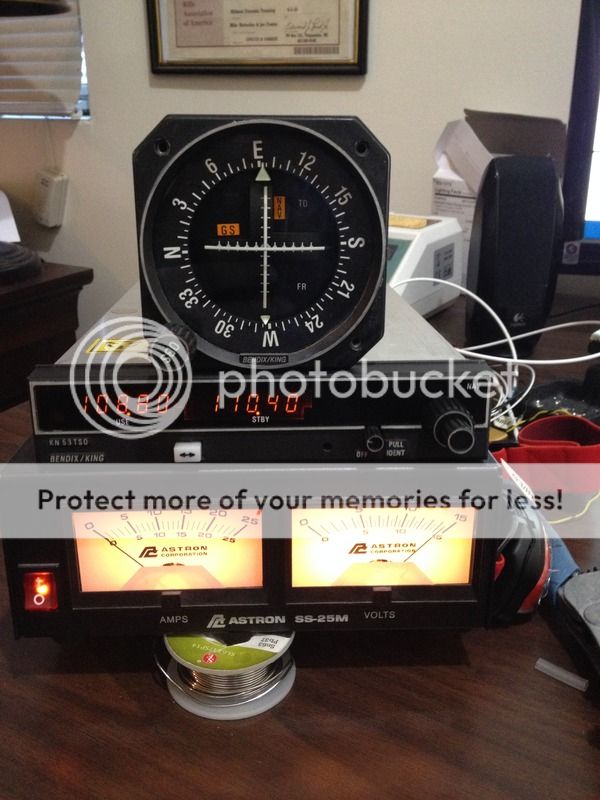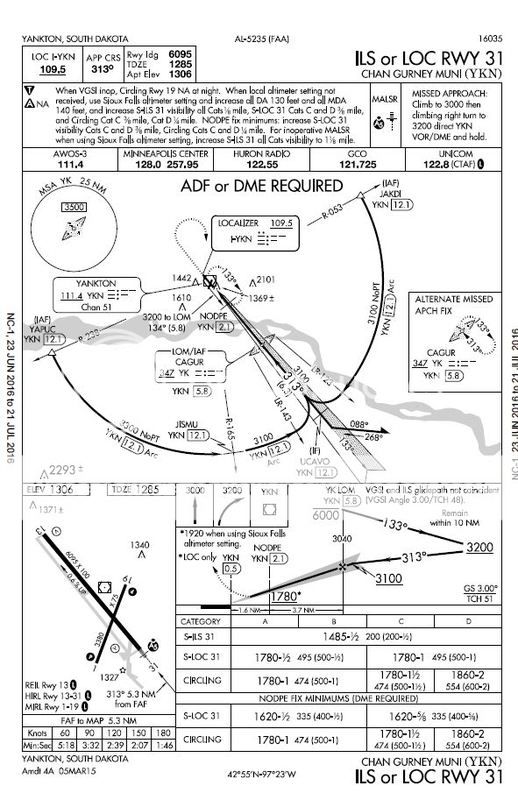Going to be starting the IFR training, mapping out a plan with my CFI later today. I would like to do this all in my own plane but only nav aid I have built in is a VOR. I would like to add an ILS system. I do not know a lot about this stuff but what all is needed for ILS approaches?
ILS Head? Some sort of receiver with attached wiring I would assume to the "head".
What is the rough estimate of cost to install a system? Is there a better way to go about making it IFR ready?
The plane is a 1978 172N with 1800hr tt so it has a lot of life left in it. My instructor also has a 152 all set up for it but would rather get my plane ready so that I can train in it and have it so I can use it for instrument flying.
Thanks for any input you can give me.
ILS Head? Some sort of receiver with attached wiring I would assume to the "head".
What is the rough estimate of cost to install a system? Is there a better way to go about making it IFR ready?
The plane is a 1978 172N with 1800hr tt so it has a lot of life left in it. My instructor also has a 152 all set up for it but would rather get my plane ready so that I can train in it and have it so I can use it for instrument flying.
Thanks for any input you can give me.



